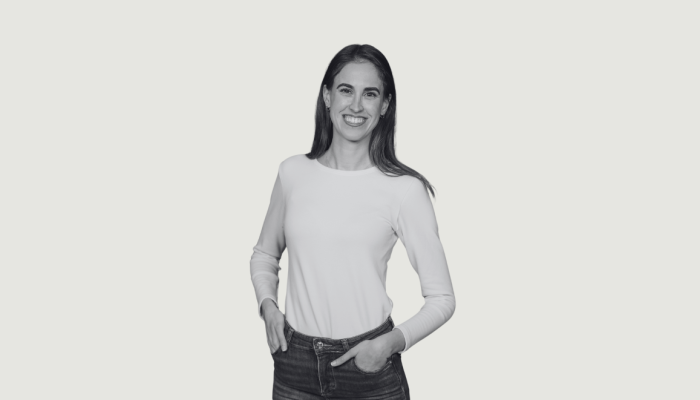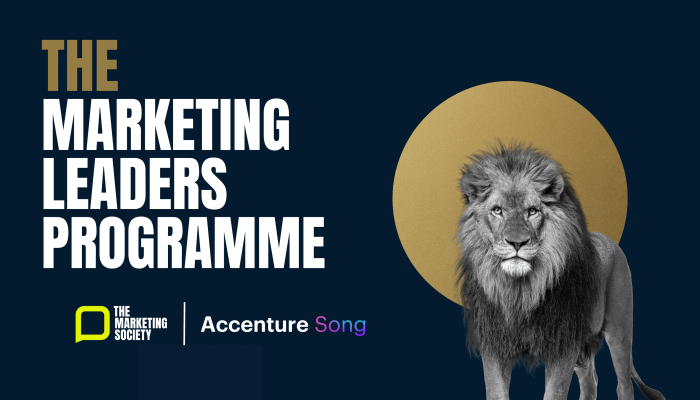There’s a lot of (justified) conversation about AI, data, new agency models.
However whichever industry future we believe in, funnily enough, the future of our industry relies on future talent. But on this front, we seem to be in pretty poor shape. Recent IPA data shows new entrant numbers are scarily low with a recent linkedin survey telling us we’re losing them to the tech industry, software development, finance, healthcare and auto/aerospace. They’re kind of going everywhere but here.
What’s worrying is that it appears too many current leaders are sitting at the top thinking ‘‘well I worked bloody hard to get where I am’ as if that means they’ve done their bit – but what are they leaving behind?
It may just be growing up in New Zealand with the All Blacks for reference, but it seems to me legacy is a lot more than building a ‘cool for a while’ agency or getting rich. So if legacy is about what we leave behind for the next generation, we might need to dig a little deeper to understand who exactly that generation is.
There seem to be three key reasons for the decline in interest for new starters that include (but are not exclusive to) career expectations, modern working environments and simply, better options.
Firstly, the industry as a whole hasn’t historically been strong in career development, but that sits at the top of Millennial and Gen Z’s list when assessing their future. Along with constantly wanting to take on new projects and/or learning new skill, endless surveys show that ‘opportunities to grow’ is their number one priority. Few could argue this as a negative.
Secondly no matter how much the industry overuses words such as ‘collaboration, brave, cross-discipline’, in reality the overall current agency/client process is still horribly dated with disciplines still in silos even if it’s now under one roof. There’s still plentiful hierarchal structures, waterfall ways of working, and as the IPA prove in latest research, diversity is still pretty dire too. None of which screams modernity.
The third major problem we’re facing is the array of other options now available to this talent, often digital business who have been built up on up modern ways of working, not just talking about them. But it’s not just how they work, it’s what they work on. Agencies genuinely used to be part of shaping culture and effecting the world we lived in. Today this is a stretch.
While start-up’s blaze a trail to create the new, big corporates are delivering more influence, building their own structures to adopt creativity and innovation that will shape their, and our future.
The agency landscape at large feels years behind this. Because change is hard. Even harder when those who are currently most vested (financially) are still doing pretty nicely.
As much as we want to celebrate (and we should) bottom up contribution, change needs to be driven from the top. That’s where context and vision is set and where the principals of empowerment and innovation need to be enabled. Ed Catmull did a decent job of evidencing this at Pixar (http://www.creativityincbook.com/).
I might not sound like it so far, but I’m not a hater. I retain a lot of pride and passion for our industry, I enjoy what I do, take pride in my craft and despite the above am excited about the future of creativity. And there are some green shoots, some admirable progress and efforts being made to make that future come about. For us today and those who come next.
At the most basic level, The Young Creative Council introduced ‘The placement poverty pledge’ giving new comers a fighting chance financially of staying in the industry, which feels like a sensible start.
Creative Equals ongoing battle to prove the benefits of females in the workplace and it’s multiple initiatives have already begun changing the gender balance and hopefully inspiring wider efforts on diversity.
I was also happy to be part of the IPA’s efforts to rework the Foundation Certificate to help industry newcomers understand and adopt more modern creative processes from day one.
And at a more propositional level, agencies like Albion, Independents United, Adaptive Lab and Bow & Arrow are demonstrating new ways to affect business (and how we live) through creativity.
But there is space for so much more – as an industry we need to decide what we offer. To clients, and to those who work in it, today and tomorrow.
We must decide if we’re the people you pay to make a thing (be it and ad or app) or the people you turn to when you simply want to influence your business, brand or organization through creativity.
Because those two futures look very different. One might look more like Google X and other might look like, well, the past.
So while there are many, myself included who will keep caring and trying and evolving, to those of you with the ‘C’ jobs today (I mean ‘Chief’ honestly) I ask you to think, what will YOU leave behind?
By Debs Gerrard, creative director



